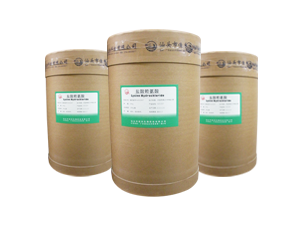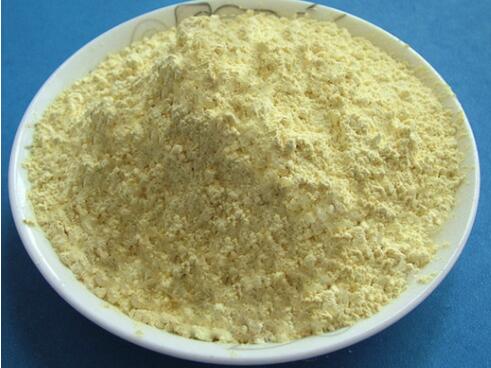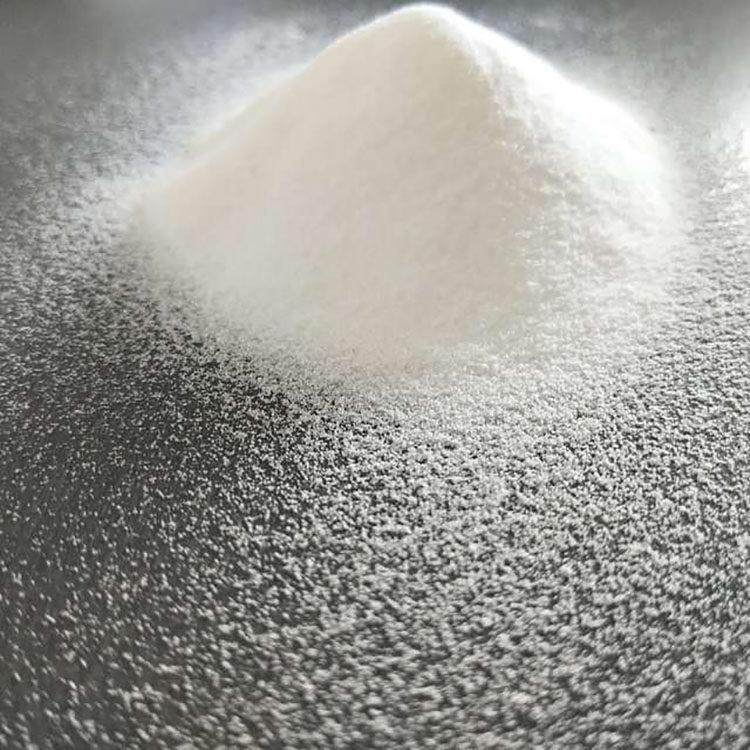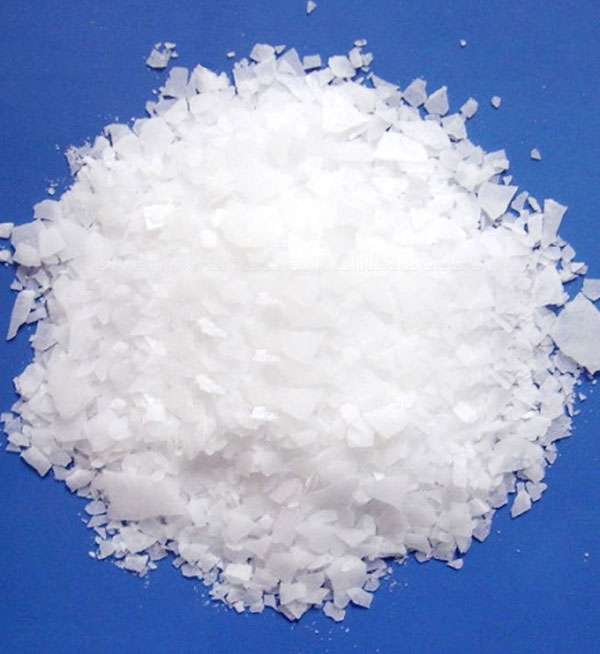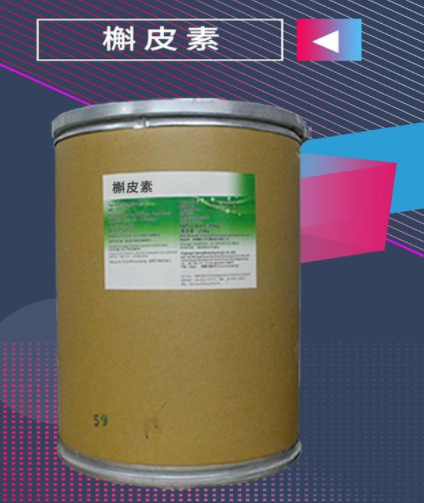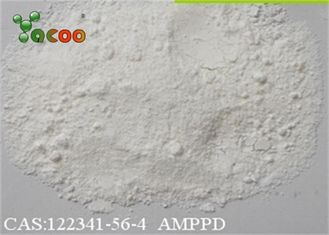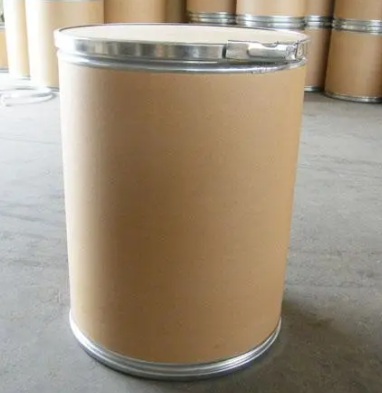Pharmaceutical Raw Materials
Veterinary API
Antiallergic Drugs
Hormones and Endocrine Drugs
Drug Metabolism
Pharmaceutical Intermediates
Synthetic Anti Infective Drugs
Specialty Drugs
Vitamins and Minerals Medicines
Feed Drug Additive
Antineoplastic Agents
Nervous System Drugs
Respiratory Drugs
Diagnostic Agents
Anti Stress Drugs
Antipyretic Analgesics
Antiparasitic Drugs
Circulatory System Drugs
Biochemicals
Blood System Drugs
Immune System Medication
Pharmaceutical Excipients
Fluid, Electrolyte, and Acid-Base Balance
Urinary System Drugs
Antibiotics
Anesthetic Agents
Inhibitors
Other Chemical Drugs
Digestive System Drugs
CAS:10098-89-2
Molecular Formula:C6H15ClN2O2
Alias
More Information
L-Lysine Monohydrochloride; Lysine Hydrochloride; L-(+)-Lysine Monohydrochloride; (S)-2,6-Diaminohexanoic Acid Hydrochloride; Lysine Hcl; L-Lysine Hcl; Enisyl; L-Lysine Monohydrochloride FEED Grade; Lyamine; Darvyl; Lysion; (S)-2,6-Diaminohexanoic Acid Monohydrochloride; L-Lysine, Hydrochloride (1:1); L-Gen; Lysine, Monohydrochloride; (2S)-2,6-Diaminohexanoic Acid Hydrochloride; (S)-2,6-Diaminohexanoic Acid Hydrochloride(1:X)
Brief Introduction
This product is an amino acid medicine, which can promote children's growth and development, enhance appetite and gastric acid secretion. It is used for children's recovery after illness and pregnancy and lactation.
Suppliers
View More Vendors (2) >
CAS:104-03-0
Molecular Formula:C8H7NO4
Alias
More Information
Rarechem Al Bo 0237; 2-(4-Nitrophenyl)Acetic Acid; Para-Nitrophenylethanoic Acid; 4-Nitrophenylacetic Acid; Para-Nitrophenyl Acetic Acid; 4-Nitrophenylacid Acid; 4-Nitrobenzencacetic; 4-Nitro-A-Toluic Acid; 4-Nitrophenylacetic; 4-Nitrobenzeneacetic Acid; Benzeneacetic Acid, 4-Nitro-; Paranitro Phenyl Acetic Acid
Brief Introduction
P-Nitrophenylacetic acid is light yellow acicular crystal, soluble in hot water, ethanol and benzene, slightly soluble in cold water. It is mainly used in medicine and other organic synthesis, and can also be used in biochemical research. The product is obtained by hydrolysis of p-nitrophenylacetonitrile: p-nitrophenylacetonitrile, concentrated sulfuric acid and water are mixed, heated and refluxed for 15min. Then the reactant is poured into ice water, crystallized, filtered, the filter cake is washed with ice water, and recrystallized with water to obtain p-Nitrophenylacetic acid. The yield is over 92%.
Suppliers
View More Vendors (2) >
CAS:107-95-9
Molecular Formula:C3H7NO2
Alias
More Information
3-Aminopropionic Acid; 3-Aminopropanoic Acid; Beta-Alanine; Beta-Ala; Beta-Amino-Propionic Acid; H-Gly(C*Ch2)-Oh; H-Beta-Ala-Oh; Fema 3252; BETA- Alanine; Rarechem Em Wb 0001; beta Alanine
Brief Introduction
This product is mainly used for the synthesis of pantothenic acid and calcium pantothenate, carnosine, pamidronate sodium, balsalazide, etc. it is widely used in the fields of medicine, feed, food, etc. it is also used as corrosion inhibitor and biochemical reagent for electroplating.
Suppliers
View More Vendors (2) >
CAS:117-39-5
Molecular Formula:C15H10O7
Alias
More Information
2-(3,4-Dihydroxyphenyl)-3,5,7-Trihydroxy-4H-Chromen-4-One; Meletin; Quercitin; 3,3',4',5,7-Pentahydroxyflavone; Kvercetin
Brief Introduction
Quercetin is a flavonoid found in many foods and herbs and is a regular component of a normal diet. Extracts of quercetin have been used to treat or prevent diverse conditions including cardiovascular disease, hypercholesterolemia, rheumatic diseases, infections and cancer but have not been shown to be effective in clinical trials for any medical condition.
Quercetin is a natural flavonoid, which widely exists in Sophora japonica. It mainly comes from enzymatic hydrolysis of rutin and is yellow needle like crystal. It is widely used in many fields such as food, medicine, health products and so on.
Suppliers
View More Vendors (2) >
CAS:122341-56-4
Molecular Formula:C18H23O7P
Alias
More Information
Amppd; 3-(4'-Methoxyspiro[Adamantane-2,3'-[1,2]Dioxetan]-4'-Yl)Phenyl Dihydrogen Phosphate; 3-(2'-Spiroadamantane)-4-Methoxy-4-(3''-Phosphoryloxy)Phenyl-1,2-Dioxetane; [3-(3'-Methoxyspiro[Adamantane-2,4'-Dioxetane]-3'-Yl)Phenyl] Dihydrogen Phosphate; 3-(4-Methoxyspiro(1,2-Dioxetane-3,2'-Tricyclo(3.3.1.1(3,7))Decan)-4-Yl)Phenyl Phosphate; 4-Methoxy-4-(3-Phosphatephenyl)Spiro(1,2-Dioxetane)-3,2'-Adamantane; 3-(2'-Spiroadamantan; (3-[2-Spiroadamatane]-4-Methoxy-4-[3-Phosphoryloxy]-Phenyl-1,2-Dioxetane) Dioxetane; Phenol,3-(4-Methoxyspiro[1,2-Dioxetane-3,2'-Tricyclo[3.3.1.13,7]Decan]-4-Yl)-,1-(Dihydrogen Phosphate)
Brief Introduction
3 - (2-helix adamantane) - 4-methoxy-4 - (3-phosphoxyyl) - phenyl-1,2-dioxane, abbreviated as amppd, is a chemiluminescent reagent. Amppd and luminol, as we are familiar with, are oxidation reduction luminescent reagents. However, amppd is an ultra-high sensitivity detection reagent for phosphatase, which is different from luminol, which is mainly used in blood detection.
Suppliers
View More Vendors (2) >
Inquiry (
10
/ 10
)
Clear All
Sign In
Error!

